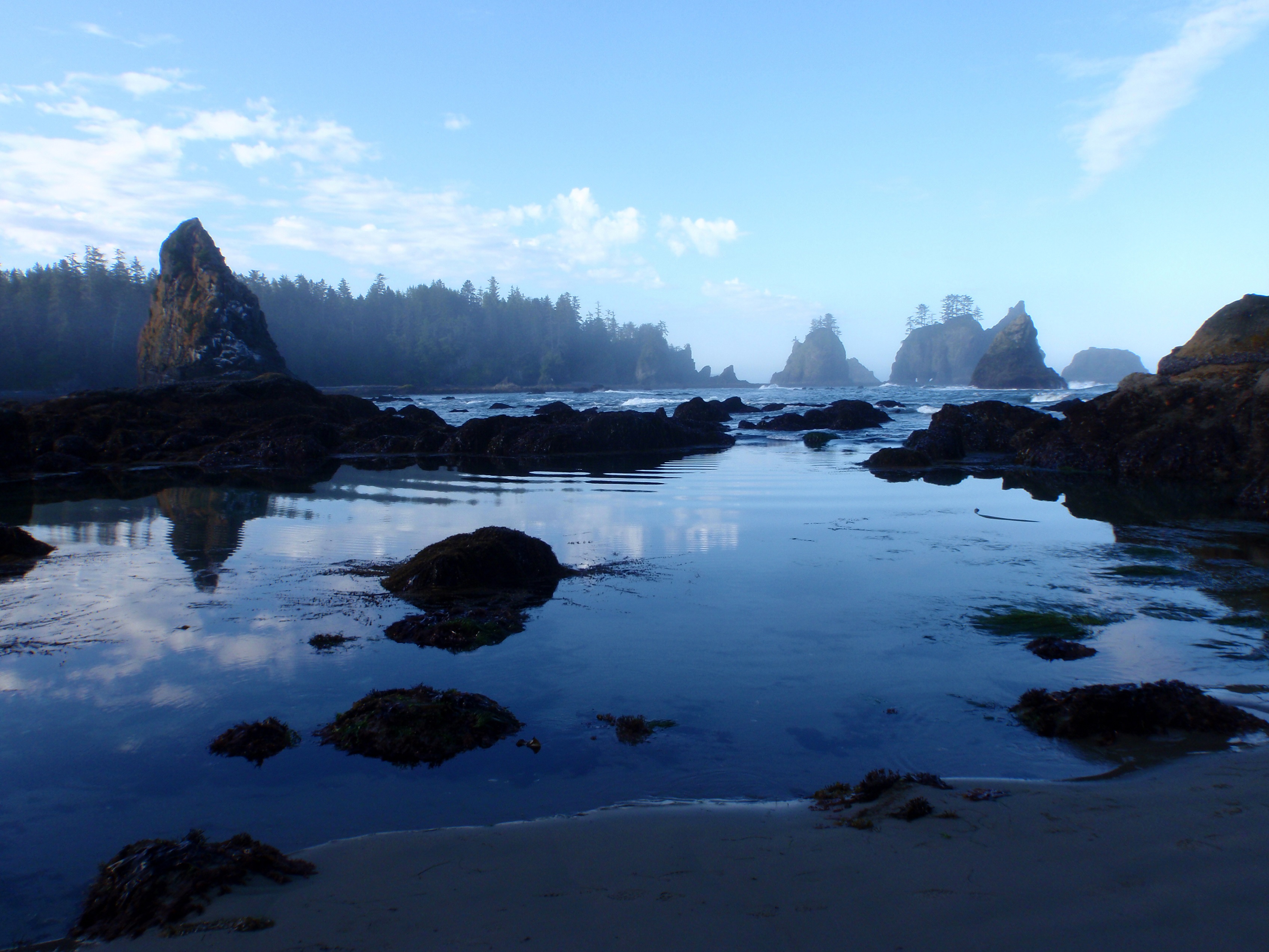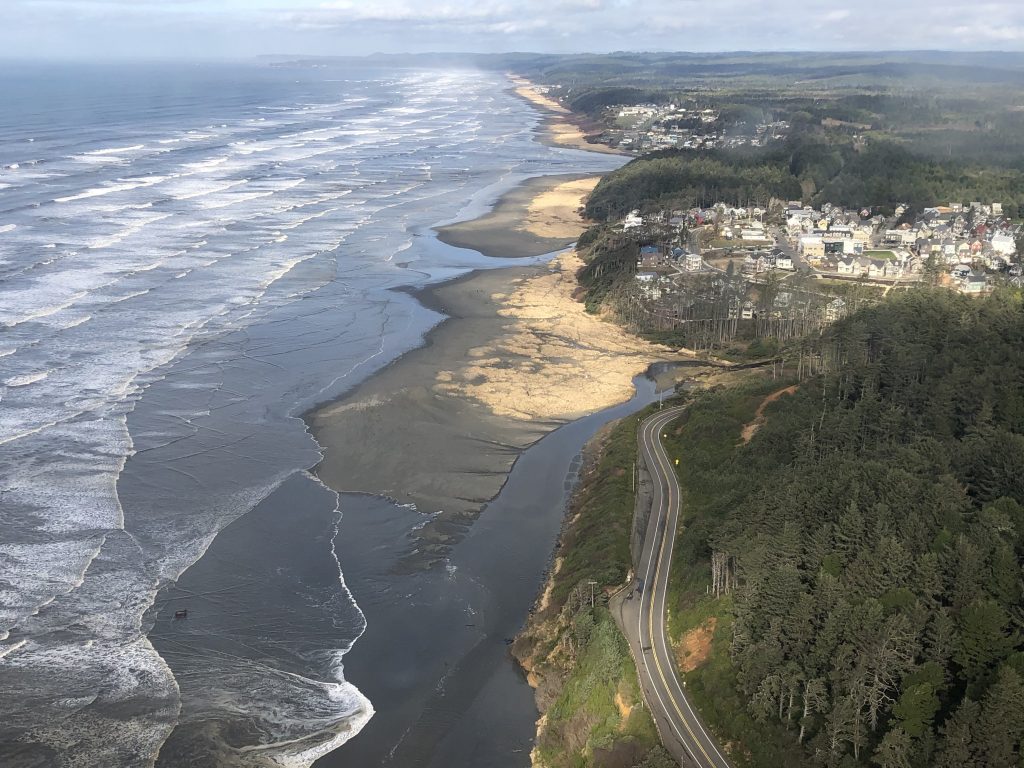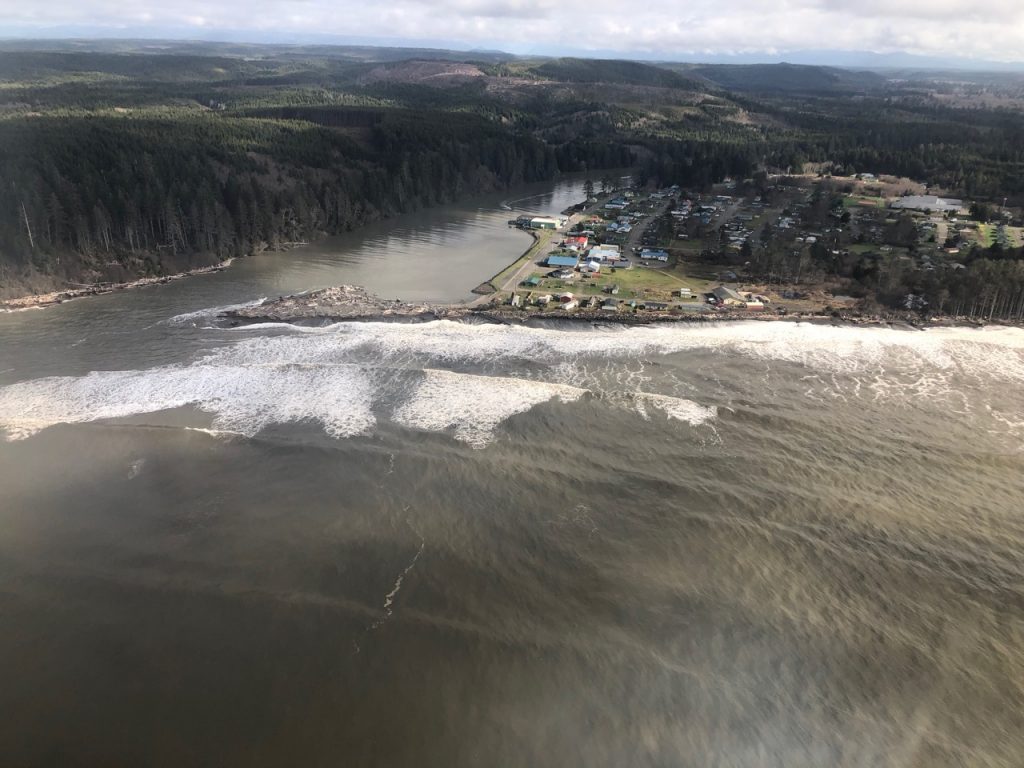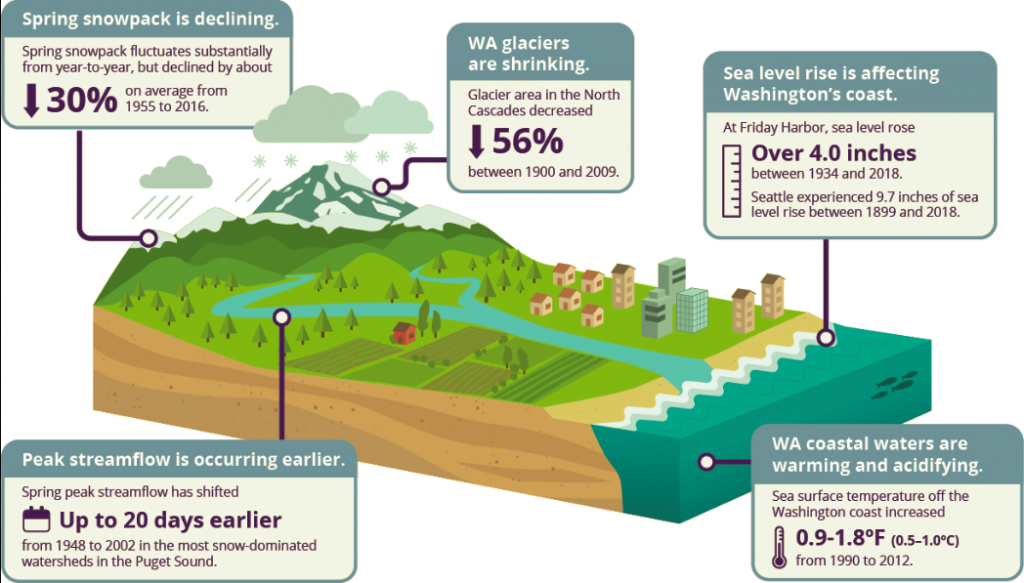
The Surfrider Foundation’s 4th annual State of the Beach Report once again found that most coastal and Great Lake states need to improve shoreline management practices and increase efforts to respond to climate change impacts.
The 2020 State of the Beach Report grades 31 U.S. states, and the territory of Puerto Rico, on their policies to protect our nation’s beaches from: coastal erosion, sea level rise, and poorly planned development. The results reveal 74% of coastal states are doing a mediocre to poor job of managing our nation’s shorelines and preparing for future sea level rise. With 23 out of 31 states and territories assessed are performing at adequate to poor levels, most of the lowest grades are located in regions heavily impacted by extreme weather events.
The State of the Beach Report is intended to drive improvements in coastal management by empowering concerned citizens to advocate for stronger shoreline protection policies at the state and local levels. The report is also intended to provide a basis for decision-makers and agencies to form proactive, long-term solutions for increased coastal protection for the future.
Download the full report: 2020 State of The Beach Report

Photo by Gus Gates, aerial support provided by LightHawk.
How is Washington State Doing?
The Washington shoreline is rich with diverse geological features and vast bodies of water. The Pacific coast is wild and diverse and includes several sovereign tribal reservations and the coastal section of Olympic National Park. The Strait of Juan de Fuca separates the U.S. from Canadian waters and is the entrance to the Salish Sea and Puget Sound basin, an estuary with thousands of miles of coastline, home to both small communities and the urban centers of Seattle and Tacoma. In July 2020, the Department of Ecology approved Grays Harbor’s updates to its Shoreline Master Program, an effort that took seven years, and started with strong stakeholder input on sea level rise policies; unfortunately, important sea level rise policies were removed at the end of the process.
Overall, Washington State received a B grade based on the criteria below because of our good policies, but there is still room for improvement.
Sediment Management: OK, Washington’s statewide sediment management policy is lacking a holistic approach because it narrowly focuses on dredging and does not explicitly provide beach fill regulations. As an important note however, the state does not heavily rely on beach fill and even has a decent permitting process for replenishmentprojects.
Coastal Armoring: Good, Similar to California, Washington has established local plans, known as Shoreline Master Programs. The plans clearly provide policies to avoid the installation of new shoreline armoring, unless determined necessary under highly specific conditions. Washington has also made concerted efforts to remove coastal armoring projects in order to help restore ecological functions. In addition, Washington is ahead of other West Coast states in terms of implementing living shorelines and restoration projects.
Development: Good, The Shoreline Management Act, passed in 1971, requires local municipalities to establish robust development standards. These include setback requirements, limitations on new development
and redevelopment, and the protection of public access related to development. Washington also does a good job of protecting sensitive habitats, such as wetlands and dunes, from poorly planned development.
Sea Level Rise: OK, In July 2020, the Department of Ecology worked with academic and other stakeholders to produce a new guide to help coastal planners use the latest sea level rise data. While Washington has taken proactive measures to analyze climate change, such as creating vulnerability assessment and risk maps, “Washington State’s Integrated Climate Response Strategy” only provides recommendations
for adaptation. The state needs to create a long term adaptation plan for the region and require local communities to update local Shoreline Master Programs (SMPs) to include adaptation implementation. In the Quinault Indian Nation, plans are underway for relocating the villages of Taholah and Queets, where over a thousand people face increased tsunami risk as the sea rises inch by inch, year by year.

Photo credit: Gus Gates, aerial support provided by LighHawk.
Recommendations for Washington Moving Forward:
- Establish explicit regulations for beach replenishment projects to ensure coastal resource protection and avoid expensive projects that can burden taxpayers.
- Require all counties and municipalities to incorporate sea level rise into regional Shoreline Master Plans.
- Develop a coastal resiliency plan to comprehensively address the challenges of coastal erosion, sediment management and sea level rise.
- Explore mechanisms for managed retreat and infrastructure relocation.
As part of the Surfrider Foundation's ongoing efforts in Washington to raise awareness about the need to improve coastal resiliency, we have been partnering with LightHawk in recent years to do flights over the coast during King Tides to provide a snapshot of how future sea level rise will impact our shorelines.
Washington state is particularly vulnerable to sea level rise. In the United States, 42% of the population lives along the coasts. Over 68% of Washingtonians (4.6 million people) live along or near the state’s 3,026 miles of coastline. Washington’s mountains and marine environment are vital economic and environmental resources, supporting some of the largest industries in the state, including forestry, agriculture, tourism and the maritime sector. Globally, annual coastal flood damages are projected to increase significantly, with floods becoming 100 to 1000 times more costly by 2100 compared to today. Excerpted from “Shifting Snowlines and Shorelines: The Intergovernmental Panel on Climate Change’s Special Report on the Ocean and Cryosphere and Implications for Washington State.” Briefing paper prepared by the Climate Impacts Group, University of Washington, Seattle.

In conclusion, between the leadership of coastal tribes in planning for managed retreat, and the recent shifts of the Washington Coastal Marine Advisory Council to focus more on coastal hazards and resiliency, Washington state and tribal nations have a real opportunity in the near future to take meaningful action and make significant investments that are needed to prepare and protect our communities, cultures, ecosystems, and economies for the changes that we see coming. It will take a sustained collaborative approach driven by active and informed coastal advocates and leaders rising to address this challenge.
